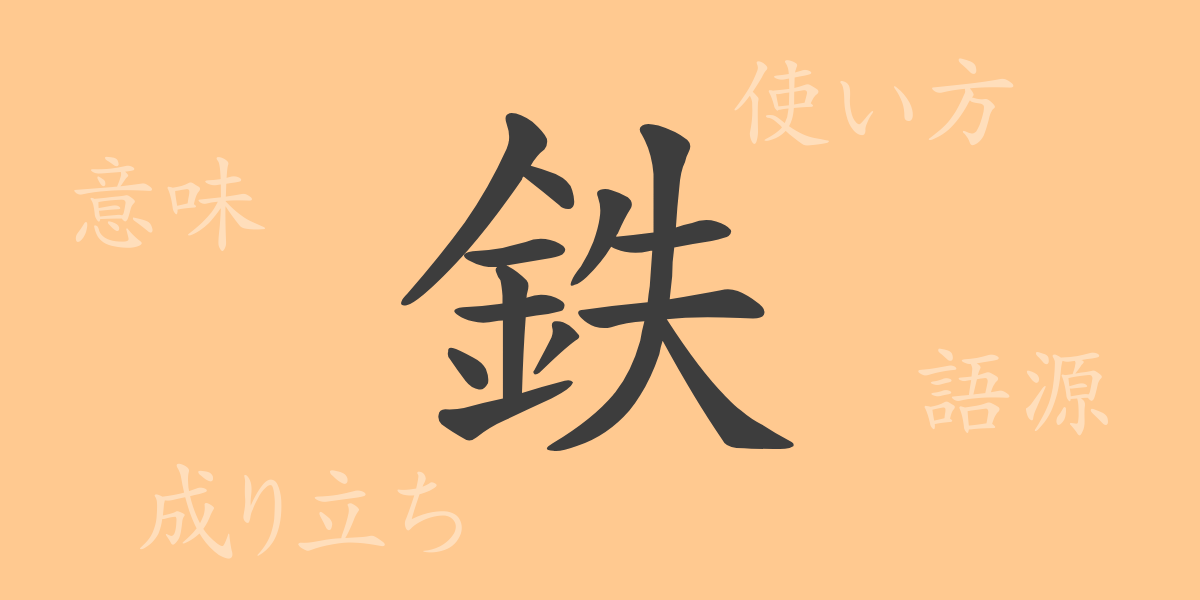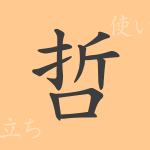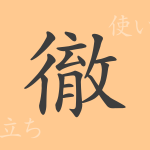From ancient times, ‘鉄(テツ)’ has supported human civilization, extending beyond mere metal to deeply influence our language and culture. This article focuses on the kanji ‘鉄’, exploring its origins, meaning, usage, and even phrases and idioms related to it, delving into its enduring allure.
Origins of ‘鉄(テツ)’
The kanji ‘鉄’ is composed of ‘金’ (かねへん), symbolizing metal, and ‘失’, representing sound. In ancient China, iron was highly valued for its hardness and strength, used extensively in weapons and farming tools, significantly contributing to civilization’s advancement. The origin of ‘鉄’ is tied to the creation of a special character to represent this crucial metal.
Meaning and Usage of ‘鉄(テツ)’
‘鉄’ commonly refers to the metal iron. Metaphorically, it also denotes something strong or robust. For example, ‘鉄の意志’ symbolizes unwavering determination, and ‘鉄の掟’ refers to unbreakable rules.
Readings, Stroke Count, and Radical of ‘鉄(テツ)’
The kanji ‘鉄’ reflects various attributes through its readings and structure:
- Readings: On’yomi is ‘テツ’, Kun’yomi is ‘くろがね’.
- Stroke Count: ‘鉄’ consists of 13 strokes.
- Radical: The radical of ‘鉄’ is ‘金(かねへん)’.
Phrases and Idioms Using ‘鉄(テツ)’ and Their Meanings
There are many Japanese phrases, idioms, and proverbs that incorporate ‘鉄’. For example, ‘鉄は熱いうちに打て’ teaches that opportunities should be seized immediately, reflecting the practice of forging iron while it’s hot. ‘鉄面皮’ describes someone who is shamelessly brazen. These expressions mirror the physical properties of iron and its social and cultural significance.
Conclusion on ‘鉄(テツ)’
‘鉄’ not only symbolizes strength and durability but also permeates our everyday life through language. Occupying a significant place in Japanese, this kanji enriches numerous expressions. Through this article, we have gained deeper insight into the multifaceted nature of ‘鉄’ and its cultural context.

























